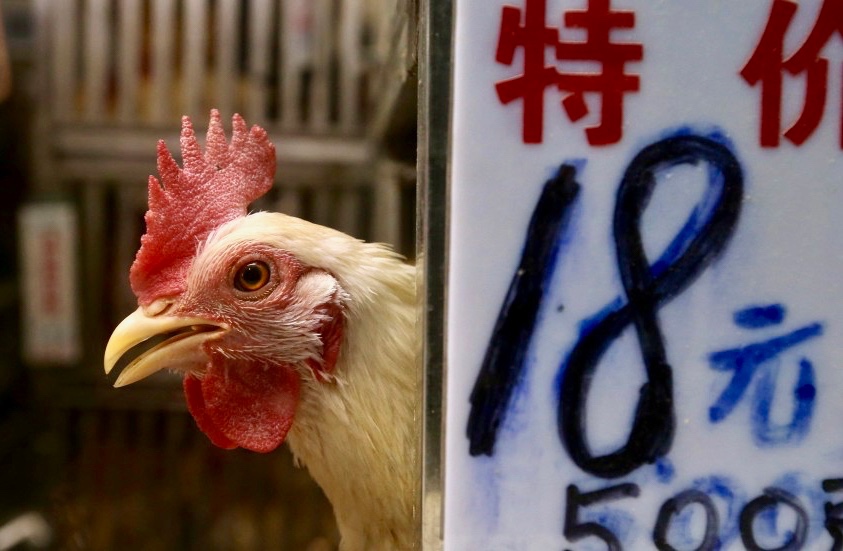We’ve had a ‘fowl’ start to the New Year here in Guangzhou, where 30 percent of live poultry markets were recently found to be contaminated with H7N9 bird flu, according to a study conducted by the Guangzhou Centre for Disease Control and Prevention.
Though Guangzhou pledged to suspend the trade of live and slaughtered poultry for three-day periods every month to prevent the spread of the virus, the flu has surfaced anyway, with at least 130 cases of human infection reported across the mainland so far this year resulting in 24 deaths.
Authorities have begun closing poultry markets in Sichuan, Zhejiang and Hunan, but many in Guangdong province remain open at this point. So far, no human-to-human transmissions have been confirmed.
First reported in March 2013, human infections with avian influenza virus (H7N9) have been found to follow a seasonal pattern, circulating at higher levels in cold weather. According to the US Centers for Disease Control and Prevention, the current risk to the public’s health is low, but “influenza viruses constantly change and it’s possible that this virus could gain the ability to spread easily and sustainably among people, triggering a global outbreak of disease (pandemic).”
The H7N9 strain is already rated as having the “greatest potential to cause a pandemic,” according to the CDC’s Influenza Risk Assessment Tool.
Contrary to popular belief, the virus is not transmitted merely by eating infected poultry (though limiting chicken and duck consumption for the time being might not be a bad idea).
Humans typically become infected after coming into close contact with infected birds (both alive and dead), or their environments. Touching infected bird mucus or droppings is also a surefire way to contract the illness.
For now, limit your exposure to chicken coops and consumption of Zhou Hei Ya’s spicy duck necks and you should be all right.
[Cover image via SCMP]






















0 User Comments